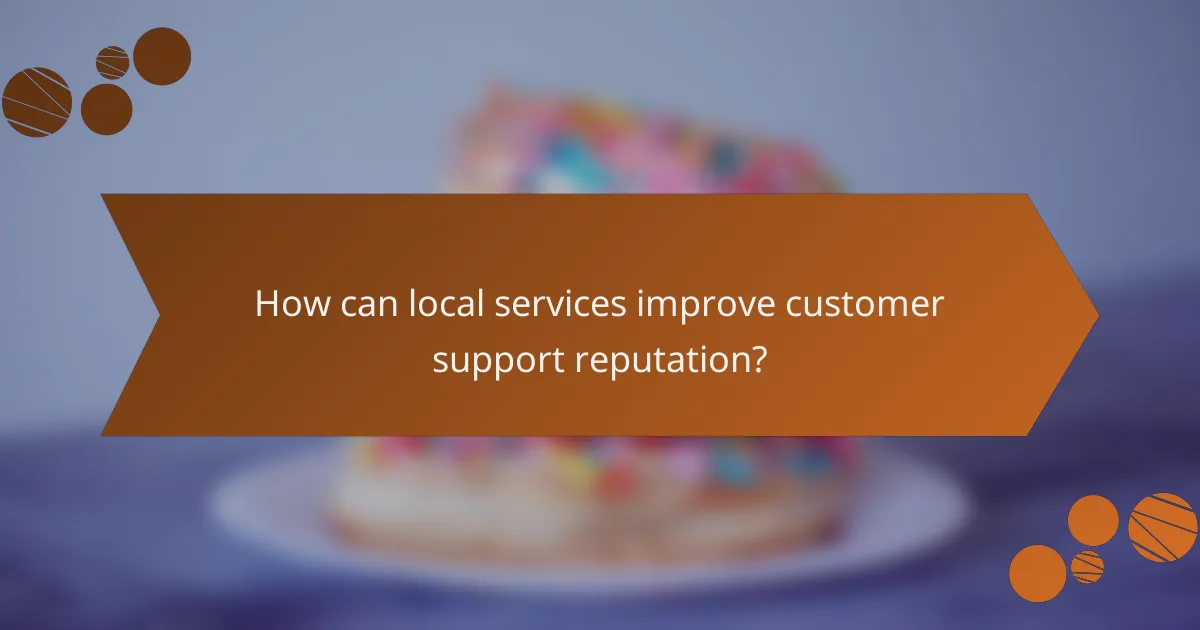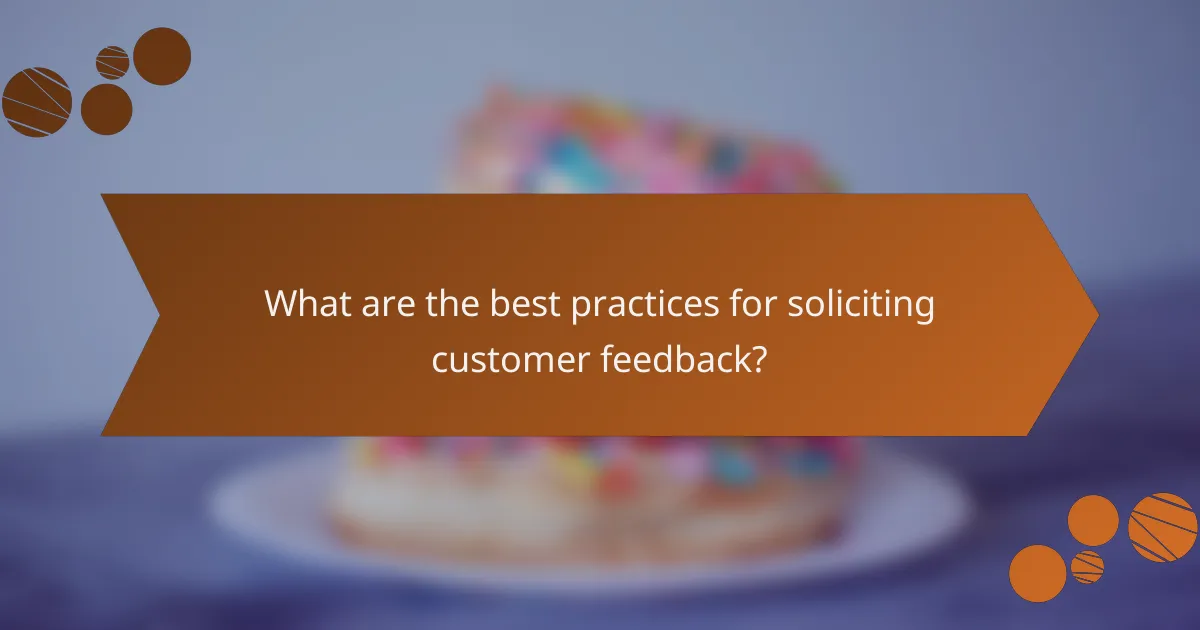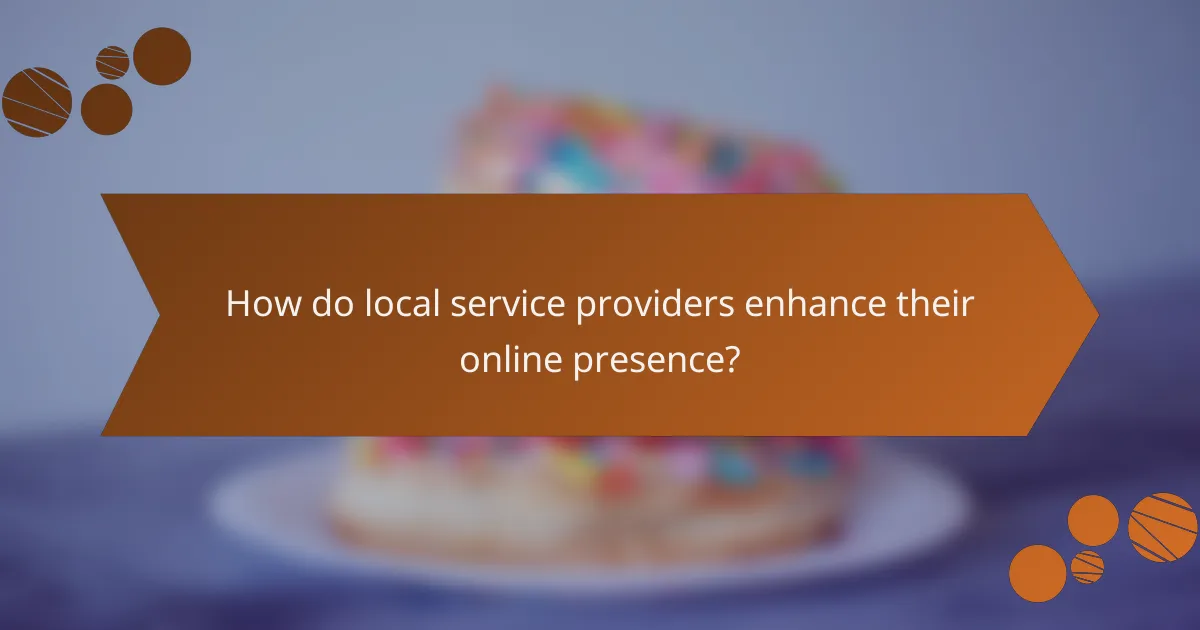In today’s competitive market, local services must prioritize their customer support reputation to foster trust and loyalty among clients. By actively engaging with feedback, training staff, and utilizing technology, businesses can enhance their service quality and encourage positive reviews. Effectively managing online feedback, especially negative reviews, is crucial for maintaining a strong reputation and attracting new customers.

How can local services improve customer support reputation?
Local services can enhance their customer support reputation by actively engaging with feedback, training their staff, and leveraging technology. These strategies help build trust and satisfaction among customers, leading to positive reviews and a stronger reputation.
Implementing feedback systems
Establishing effective feedback systems allows local services to gather insights directly from customers. This can include surveys, suggestion boxes, or follow-up calls after service interactions. Regularly reviewing this feedback helps identify areas for improvement and demonstrates to customers that their opinions are valued.
Consider using a mix of quantitative and qualitative methods to capture a comprehensive view of customer satisfaction. For example, a simple rating scale combined with open-ended questions can yield actionable insights.
Training staff on communication
Training staff on effective communication is crucial for improving customer support reputation. Employees should be equipped with skills to handle inquiries, resolve issues, and convey empathy. Role-playing scenarios can be an effective training method to prepare staff for real-life interactions.
Regular training sessions and refreshers can keep communication skills sharp. Encourage staff to actively listen and respond thoughtfully, which can significantly enhance customer experiences and foster loyalty.
Utilizing customer relationship management tools
Customer relationship management (CRM) tools can streamline support processes and enhance customer interactions. These tools help track customer interactions, preferences, and feedback, enabling personalized service. Popular options include Salesforce, HubSpot, and Zoho, which cater to various business sizes and needs.
When selecting a CRM, consider factors such as ease of use, integration capabilities, and cost. A well-implemented CRM can lead to faster response times and more efficient issue resolution, ultimately boosting customer satisfaction and trust in local services.

What role do reviews play in building trustworthiness?
Reviews are crucial in establishing trustworthiness for local services as they provide potential customers with insights into the experiences of others. Positive reviews can enhance a business’s reputation, while negative feedback can deter potential clients, making it essential for businesses to manage their online presence effectively.
Influence of online reviews on consumer decisions
Online reviews significantly impact consumer decisions, often serving as the deciding factor when choosing a service provider. Studies show that a large majority of consumers read reviews before making a purchase, with many trusting online feedback as much as personal recommendations.
For instance, a business with a high average rating and numerous positive reviews is likely to attract more customers compared to one with few or negative reviews. This trend underscores the importance of maintaining a strong online reputation.
Importance of responding to reviews
Responding to reviews is vital for building trustworthiness and demonstrating customer care. Engaging with both positive and negative feedback shows that a business values customer opinions and is committed to improving its services.
For effective responses, businesses should acknowledge the customer’s experience, express gratitude for positive feedback, and address any concerns raised in negative reviews. This proactive approach can enhance customer loyalty and improve overall perceptions of the business.

How to manage negative reviews effectively?
Managing negative reviews involves responding promptly and constructively to customer feedback. This approach not only addresses the issues raised but also demonstrates your commitment to customer satisfaction.
Strategies for addressing complaints
To effectively address complaints, start by acknowledging the customer’s concerns. Responding within 24 to 48 hours shows that you value their feedback. Use a polite and empathetic tone, and avoid being defensive.
Consider offering a solution or compensation if appropriate, such as a refund or discount. This can help to rebuild trust and may even encourage the customer to update their review positively.
Turning negative feedback into positive outcomes
Transforming negative feedback into positive outcomes requires a proactive approach. Analyze the feedback for common themes and use it to improve your services. This not only enhances customer experience but can also prevent similar complaints in the future.
Encourage satisfied customers to leave positive reviews to balance out the negative ones. Highlighting improvements made based on feedback can also demonstrate your commitment to quality and customer care.

What are the best practices for soliciting customer feedback?
To effectively solicit customer feedback, businesses should focus on timing, methods, and incentives. Engaging customers shortly after their interaction with your service increases the likelihood of receiving valuable insights.
Timing and methods for feedback requests
Choosing the right moment to ask for feedback is crucial. Aim to request input immediately after a purchase or service experience, as customers are more likely to remember the details. Consider using follow-up emails, SMS messages, or in-app prompts to reach customers effectively.
Utilize various methods to collect feedback, such as surveys, online review platforms, or direct phone calls. Each method has its advantages; for instance, surveys can provide structured data, while personal calls can yield deeper insights. Tailor your approach based on your customer base’s preferences.
Incentivizing customer reviews
Offering incentives can significantly boost the number of reviews you receive. Consider providing discounts, loyalty points, or entry into a prize draw as rewards for customers who take the time to share their experiences. Ensure that these incentives comply with local regulations regarding reviews.
While incentives can be effective, transparency is key. Clearly communicate that you value honest feedback, regardless of whether it is positive or negative. This approach builds trust and encourages more authentic responses, which are essential for improving your service reputation.

How do local service providers enhance their online presence?
Local service providers enhance their online presence by optimizing their visibility on search engines and engaging with customers through various digital platforms. This not only improves their reputation but also builds trust with potential clients.
Optimizing Google My Business listings
Optimizing Google My Business (GMB) listings is crucial for local service providers to appear in local search results. Providers should ensure their business information is accurate, including name, address, phone number, and operating hours. Regularly updating photos and responding to customer reviews can significantly enhance visibility and engagement.
Additionally, utilizing GMB features like posts, Q&A, and booking buttons can attract more customers. Providers should aim to gather positive reviews, as a higher rating can lead to increased trust and more inquiries.
Leveraging social media for engagement
Social media platforms are powerful tools for local service providers to engage with their community and showcase their services. By sharing informative content, promotions, and customer testimonials, providers can build a loyal following and encourage word-of-mouth referrals. Regular interaction through comments and messages helps to foster relationships with potential clients.
Providers should focus on platforms popular in their region, such as Facebook, Instagram, or LinkedIn, depending on their target audience. Creating a content calendar can help maintain consistent posting and engagement, ensuring that the brand remains top-of-mind for local customers.

What metrics should local services track for reputation management?
Local services should focus on key metrics such as customer satisfaction scores and net promoter scores to effectively manage their reputation. These metrics provide insights into customer experiences and loyalty, helping businesses identify areas for improvement.
Customer satisfaction scores
Customer satisfaction scores (CSAT) measure how satisfied customers are with a service or product. Typically expressed as a percentage, CSAT is calculated by asking customers to rate their satisfaction on a scale, often from 1 to 5 or 1 to 10. A score above 80% is generally considered good, while scores below 60% indicate areas needing attention.
To improve CSAT, local services can implement follow-up surveys after interactions, ensuring they ask specific questions about the customer’s experience. Regularly reviewing feedback allows businesses to address concerns promptly and enhance service quality.
Net promoter score
The net promoter score (NPS) gauges customer loyalty by asking how likely customers are to recommend a service to others, typically on a scale from 0 to 10. Customers are categorized into promoters (9-10), passives (7-8), and detractors (0-6). A positive NPS, often above 30, indicates a strong customer base, while a negative score suggests significant issues.
To effectively use NPS, local services should regularly survey customers and analyze the feedback to identify trends. Engaging with detractors to understand their concerns can turn negative experiences into opportunities for improvement, ultimately boosting loyalty and referrals.
